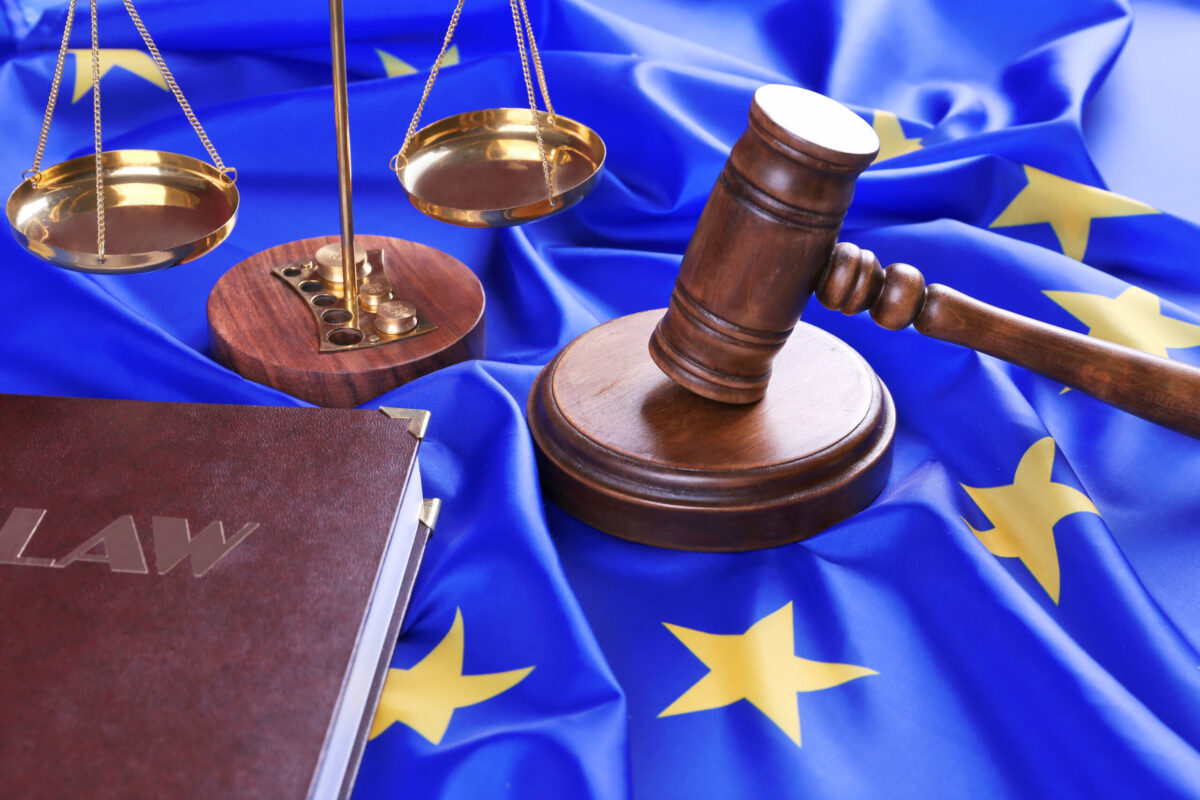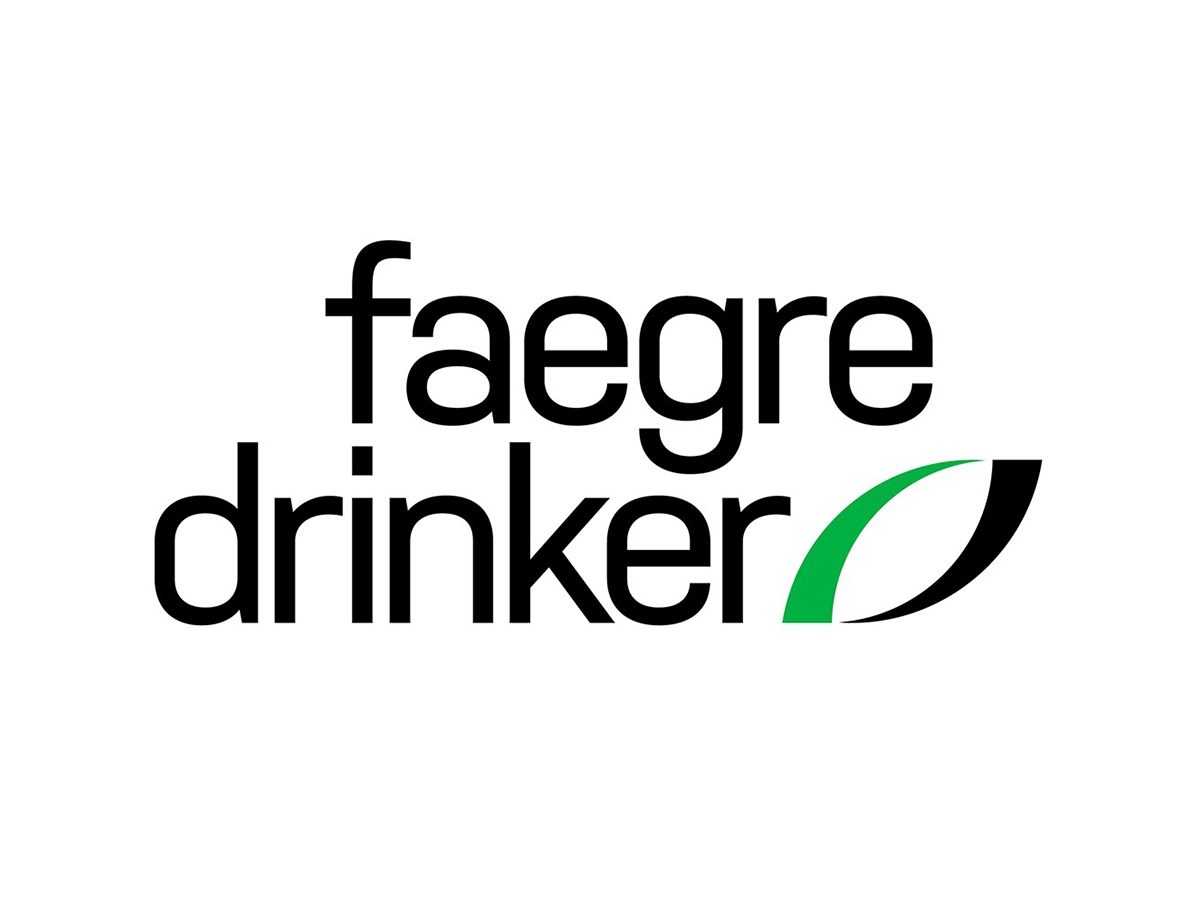Countdown to the Unified Patent Court, Part III: Remedies
“It does not come as a surprise that designated UPC judges have already mentioned in public that the denial of injunctive relief is only conceivable in exceptional scenarios.”
The Unified Patent Court (UPC) will go live in less than a month, on June 1, 2023. Thus, it’s time to prepare for the biggest change in the global IP landscape in more than a decade. To facilitate such preparation, we will be providing a series of five articles that will deal with the most important aspects of the UPC. Whereas Part 1 focused on the designated UPC judges, and Part 2 on the timelines that govern the proceedings before the UPC, Part III will illustrate the remedies (and the potential enforcement of such remedies) that are available at the UPC in a main action.
The Remedies (Main Action)
The Agreement on a Unified Patent Court (UPCA) and the Rules of Procedure (ROP) foresee powerful remedies in case the UPC finds infringement. Contrary to the status quo, these remedies will be available on a pan-European level in a “one-stop-shop” procedure. This fact makes the UPC a real game changer, providing a leverage that is so far basically unknown in European patent litigation. If the defendant fails to comply with a court order adjudicating such remedy, periodic penalty payments payable to the Court will become due. The value of such payments shall be set by the Court having regard to the importance of the order in question. The enforcement procedures shall be governed by the law of the UPC Contracting Member State where the enforcement takes place. Thus, it’s ultimately the seat of the defendant which plays a decisive role when it comes to enforcement.
Injunctive Relief
With respect to injunctive relief, the crucial question is whether it is automatic or not. The UPCA is clear in this respect. Injunctive relief is in the Court’s discretion and discretion speaks against automatism. In this respect, there is no room for discussion, since Article 63 (1) UPCA holds that if the Court finds infringement, the Court “may” grant an injunction against the infringer. The Court “may” also grant such injunction against an intermediary whose services are being used by a third party to infringe a patent.
But: no one should be surprised if we will see in fact an automatic injunction system where exceptions to injunctive relief will be reserved to exceptional circumstances. Why is that? In the first place, neither the UPCA nor the ROP stipulate a clear test that would allow the Court to infer in which scenarios injunctive relief should not be granted. There are only two vague goalposts in this respect in the UPCA, whereas the ROP are absolutely silent with respect to proportionality considerations. Pursuant to Article 56 (2) UPCA, the Court shall take due account of the interest of the parties and shall, before making an order, give any party the opportunity to be heard, unless this is incompatible with the effective enforcement of such order. Article 42 UPCA enshrines the principle of proportionality. The Court shall deal with litigation in ways which are proportionate to the importance and complexity thereof, and shall ensure that the remedies provided for in the UPCA are used in a fair and equitable manner and do not distort competition.
In light of the vagueness of the UPCA when it comes to limitations to the claim of injunctive relief and the complete silence of the ROP in this respect, it does not come as a surprise that designated UPC judges have already mentioned in public that the denial of injunctive relief is only conceivable in exceptional scenarios. Such scenarios might be orphan drugs or critical infrastructure. However, even in such scenarios, the claim for injunctive relief will not be denied completely, but only for limited periods (so called “grace” or “use-up”-periods). Last but not least, it is not far-fetched to assume that exceptions to the claim for injunctive relief will only be available for “willing licensees”.
Award of Damages
The new “one-stop” UPC-approach is critical when it comes to injunctive relief, but it might prove to be even more important in relation to the award of damages. As of today, in case that no settlement is reached, damages for infringements of European Patents need to be collected on a “country-by-country” basis. This often entails a very poor cost-benefit ratio bearing in mind the many years of litigation that are ahead until a final decision on the amount of the damages is available in each country where the European Patent is in force.
Whereas the “one-stop-shop” character of the UPC is clear, the mathematical equation which governs the computation of damages is much less. Pursuant to Article 68 UPCA, at request of the injured party, the court shall order the infringer who “knowingly, or with reasonable grounds to know”, engaged in infringing activity, to pay the injured party damages appropriate to the harm actually suffered by that party as a result of the infringement. When the Court sets the damages, it shall take into account all appropriate aspects, such as the negative economic consequences, including lost profits, which the injured party has suffered, any unfair profits made by the infringer and, in appropriate cases, elements other than economic factors, such as the moral prejudice caused to the injured party by the infringement. In the alternative, the Court may set a lump sum that would have been due if the infringer had asked for permission to use the patent.
Communication of Information
Any claim for damages is dependent on the knowledge of the scope of the infringing activities. In this respect, it is critical for every patentee that the infringer renders account in a detailed and comprehensive manner. The UPCA (Art. 67) and the ROP (Rule 191) follow this thinking and provide that the Court may order the infringer to inform of (a) the origin and distribution channels of the infringing products or processes, (b) the quantities produced, manufactured, delivered, received, or ordered, as well as the price obtained for the infringing products, and (c) the identity of any third person involved in the production or distribution of the infringing products or in the use of the infringing process. These requests can also be directed at third parties who were involved in infringements that occurred on commercial scale. It is worth noting that the “commercial scale” limitation will likely not be a high hurdle, so that such third-party claim should in fact be available in almost every patent litigation case.
Corrective Measures
In addition to injunctive relief and the award of damages, so called “corrective measures” are available. These measure have a huge practical importance, since they force the infringer to make the fact that he was injuncted public. Pursuant to Article 64 UPCA, on request, the Court may order appropriate measures with regard to products found to be infringing and, in appropriate cases, with regard to the materials or implements principally used in the creation or manufacture of those products. Such measures shall include (a) a declaration of infringement, (b) recalling the products from the channels of commerce, (c) depriving the products of their infringing property, (d) definitively removing the products from the channels of commerce, or (e) the destruction of the products or of the materials and implements concerned. When considering such corrective measures, the Court shall take into account the need for proportionality between the seriousness of the infringement and the remedies to be ordered, the willingness of the infringer to convert the materials into a non-infringing state, as well as the interests of third parties. The Court will order the infringer to carry out the measures at its own expense, unless particular reasons are invoked for not doing so.
Publication of the Decision
In many patent litigation cases, the publicly known fact that an injunction was awarded is more powerful than the injunction itself, since third parties (e.g. suppliers, customers) which are by law not bound by the injunction (since it is issued only with inter partes effect) nevertheless adjust their behavior and act “as if” injuncted. In this respect, Article 80 UPCA might play an important role. Pursuant to this rule, the Court may order, on request and at the expense of the infringer, appropriate measures for the dissemination of information concerning the Court’s decision, including displaying the decision and publishing it in full or in part in public media.
An Unmatched Venue
The UPC appointed excellent “best in class” judges. These judge will be sent on a rocket docket mission, since they are tasked with conducting proceedings in a way which will normally allow the final oral hearing on the issues of infringement and validity at first instance to take place within one year. On top of this, the UPCA and the ROP also foresee powerful remedies in case the UPC finds infringement in the oral hearing taking place after one year. Also, these remedies are available on a pan-European level at a “one-stop-shop”. Taking all of this into due account, why wouldn’t a patentee want to take its case to the UPC?






